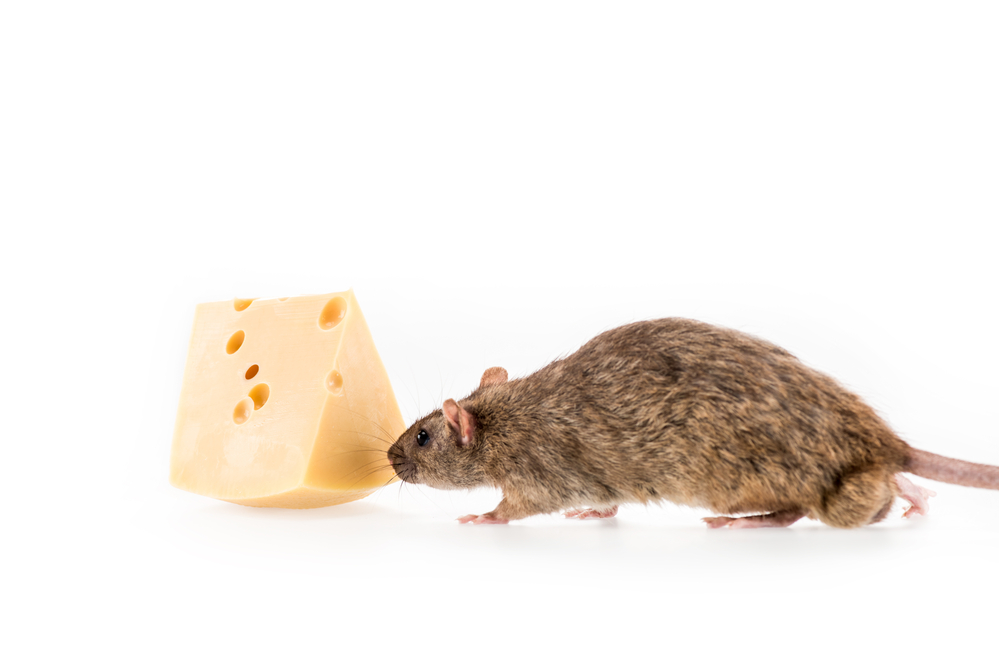When it comes to uninvited rodent guests, distinguishing between rats and mice can be crucial for effective pest control. Both pests are notorious for causing trouble in homes and businesses across the UK, but there are significant differences in their behaviour, physical characteristics, and the risks they pose. This blog explores these differences to help you identify and manage these rodents more effectively.

Physical Differences
One of the most noticeable differences between rats and mice is their size. Rats, particularly the common brown rat (Rattus norvegicus), are larger, typically measuring about 20-25 cm in body length, with a tail almost equal to the body length. They have a bulkier appearance, with larger, blunter snouts and small ears relative to their heads .
Mice, such as the common house mouse (Mus musculus), are considerably smaller, with body lengths of 7-10 cm and thinner, longer tails. They feature more pointed noses and larger ears in proportion to their heads, giving them a characteristically delicate appearance. Their smaller size allows them to squeeze through gaps as narrow as 5 mm, a feat that is slightly more challenging for their larger cousins .
Behavioural Traits
Behaviourally, mice are curious creatures and will often explore new objects in their environment. This trait can sometimes aid in trapping them, as they are less wary of bait stations and traps compared to rats. Mice are also more adaptable to indoor environments, making them a more common household pest .
Rats, on the other hand, are more cautious and exhibit neophobia — a fear of new objects. This makes them harder to catch as they tend to avoid traps and bait for the first few days after their placement. Rats are strong swimmers and climbers, which contributes to their ability to infiltrate buildings and dwellings from less obvious entry points such as sewers and roofs .
Dietary Preferences
Both rats and mice are omnivorous, but their dietary preferences can vary slightly, which is crucial for effective baiting. Mice prefer grains and can often be found in cereal boxes and grain storage areas. They require very little water to survive, often obtaining sufficient moisture from their food .
Rats in Edinburgh require a more substantial water source and are attracted to pet food, meats, and fish, making them frequent visitors in commercial kitchens and places where food waste is abundant. Understanding these preferences can help tailor control strategies to be more appealing and effective .
Reproductive Rates
The reproductive rates of mice and rats also differ significantly, impacting how quickly a minor sighting can turn into a full-blown infestation. Mice breed rapidly and frequently, with a female capable of producing up to 10 litters a year, each containing 5-6 young. This rapid reproduction rate can quickly escalate a small problem into a severe infestation .
Rats also reproduce quickly, but not at the pace of mice. A female rat can produce up to 6 litters per year, with each litter averaging 6-8 pups. Although slower, their larger size means that each individual rat can cause more damage and pose a greater health risk, particularly through the diseases they are known to carry .